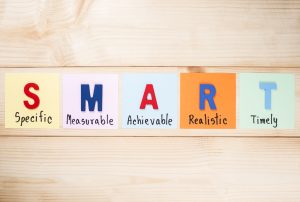 Overview
Overview
Writing clear course objectives help define specific competencies and outcomes that will allow students to achieve a specific set of skills, knowledge, attitudes or values. Objectives should be observable, measurable, and valid. Objectives should also be aligned with course expectations.
Strategies
Write Good Course Objectives
Well developed course objectives are specific, measurable, and written from the learner’s perspective. Use Bloom’s Taxonomy during this process to identify specific skills you want the student to demonstrate. Try to cover the different levels of each learning domain.
Career Readiness Competencies
When writing objectives, include skills related to career readiness competencies. This language will show students how your course material will be relevant to their long-term success, whether their careers are directly connected to the subject or not.
Avoid Using Verbs That Are Immeasurable
Verbs that represent actions or concepts that are difficult to measure include: appreciate, be familiar with, believe, comprehend, enjoy, know, learn, master and understand.
References
- The Center for Teaching and Learning (UNC Charlotte): Writing Course Objectives
- Sandi Oster and F. Simone Tiu: Writing Measurable Learning Outcomes
- RisePoint Center for Teaching and Learning: 3 Tips for Writing Measurable Objectives
- University of Michigan Dearborn: Tips for Writing Goals and Objectives
- Rachel Van Horn Leroy (2011): Using Bloom’s Taxonomy to Sequence Writing
Related Resource Library Topics
